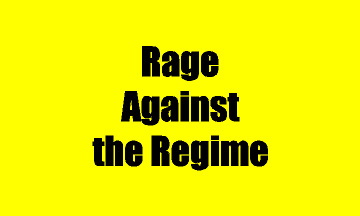Clark County requires dust classes for many construction and grading operations. These dust classes teach crews how to control dust. The Clark County Department of Environment and Sustainability manages the training. Classes cover dust control permits, proper signage, and PM10 compliance. Contractors must complete these classes before starting many types of projects.
Dust classes are required for any project disturbing more than 10,000 square feet. This includes homebuilders, excavators, and developers. The training helps reduce harmful dust emissions. Clark County enforces strict air quality standards. Crews must follow these rules to avoid fines and work stoppages. Dust monitoring, permit display, and control methods are all included.
The Clark County dust class schedule is posted online. Classes are offered regularly throughout the year. Both in-person and virtual training options are available. Classes are affordable and last about four hours. After passing, attendees receive a dust certification card. This card proves they completed the required training.
These classes are not optional. Clark County inspectors often check for certification during site visits. Contractors without valid cards may be fined. Dust classes ensure your team understands how to stay compliant. This training protects both workers and the public from dangerous airborne dust.
Air Quality Education in Clark County
Dust monitoring plays a major role in air quality enforcement. During Clark County dust classes, instructors explain how to monitor dust levels. Monitoring equipment measures PM10 particles in real time. PM10 particles can cause asthma and other breathing problems. Keeping dust levels low is a health priority.
Dust signs must also be discussed during class. Signs must show permit numbers and contact information. Contractors must post these signs before any grading begins. Failing to post a dust sign can result in violations. Proper signage ensures the public and authorities can identify responsible parties.
The Clark County dust control program includes dust monitoring plans. These plans must be submitted before work starts. Dust plans outline how crews will suppress dust. They include measures like water trucks, soil stabilizers, and fencing. Class instructors explain how to create and follow these plans.
Dust training also covers best practices during windy conditions. Crews must know when to stop work during high winds. Knowing how to read wind forecasts is critical. This knowledge helps reduce unnecessary pollution. Clark County wants every job site to operate responsibly and safely.
Stay Compliant with the Clark County Dust Classes Schedule
Clark County offers a consistent dust class schedule year-round. Contractors can plan ahead to meet deadlines. Classes are available in English and Spanish. The Department of Environment and Sustainability hosts most classes at its main office. Some virtual sessions are also offered.
Each dust class covers vital topics. These include air quality standards, enforcement policies, and permit guidelines. Crews learn about dust monitoring tools and their uses. The classes explain which signs are required on-site. This helps teams avoid costly mistakes.
Clark County also updates its dust control handbook often. The latest rules are discussed during class. This ensures contractors follow the most recent requirements. Participants can ask questions and get answers from trained professionals. These sessions also include real-world scenarios to reinforce learning.
Contractors must renew their certifications every three years. The Clark County dust class schedule includes both initial and renewal classes. Companies should keep track of certification dates. Doing so prevents project delays or compliance issues.
Dust Control Classes Help Protect Nevada’s Air Quality
Clark County dust classes improve environmental protection across Southern Nevada. Airborne dust can cause health problems for nearby residents. These classes help reduce pollution through education. Certified crews know how to limit dust emissions on job sites.
Dust control signs, water trucks, and soil binders all help. But without training, these tools can be used incorrectly. The Clark County dust class ensures workers understand how to apply these methods properly. Every job site benefits from trained personnel.
Dust permit signs are also reviewed in class. Crews must know how to design and place signs correctly. The sign must be visible from the road and show the permit number. These signs let the public report dust issues easily.
To sign up, visit the Clark County Department of Environment website. The site includes a full dust class schedule. It also offers study materials and registration forms. Investing in training now avoids fines later. Dust classes keep Clark County building while protecting its air.




